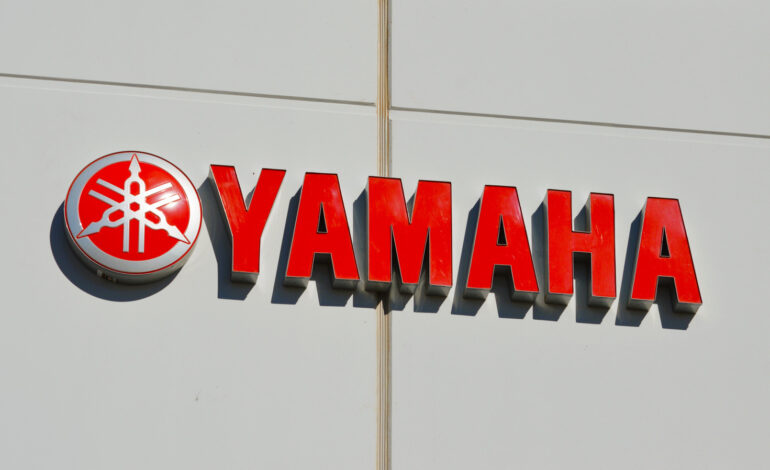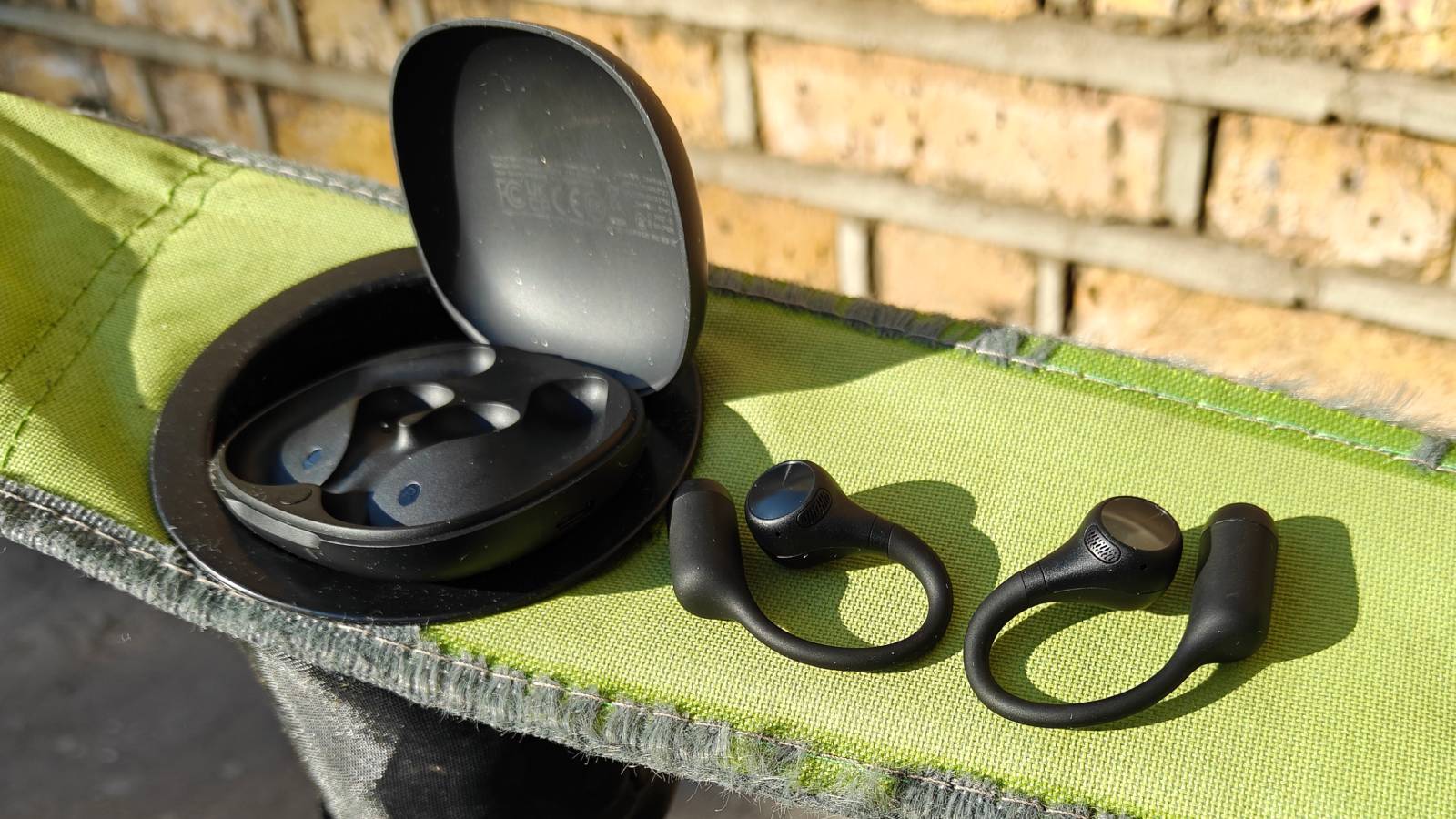Yamaha Expands Engine Options: Can You Use Them in Cars?

Yamaha, a prominent name in the engine manufacturing sector, has introduced a line of multi-purpose engines designed for various industrial applications. These engines, which range from 64cc to 400cc, cater to sectors such as agriculture, construction, and power generation. This expansion showcases Yamaha’s commitment to providing robust and versatile solutions tailored to meet diverse operational demands.
Yamaha’s multi-purpose engines are categorized into three series: the EH Series, MX Series, and MZ Series. Each series includes a selection of 15 different engines engineered to withstand challenging environments. These engines are built to endure extreme temperatures, dust, and prolonged usage, making them suitable for heavy-duty machinery and high-performance pumps.
The MX and MZ lines incorporate innovative features aimed at enhancing usability. For instance, Yamaha has developed the “Clean P.T.O. Face” design, which facilitates easier mounting by ensuring exhaust components do not obstruct functionality. Additionally, models such as the MX250, MX300, MX360, and MX400 utilize advanced “HEMI head” technology and V-valve layouts, optimizing combustion chamber geometry for improved efficiency and fuel consumption.
Another notable feature is the offset cylinder bores found in the MX360 and MX400 models, which help reduce friction and heat, thereby potentially extending engine life. Yamaha provides various air filter options tailored to specific use cases. The MZ line, for instance, offers a “silent semidry” filter for low dust environments and a “silent dual” option for moderate dust situations, such as operating harvesters.
Yamaha’s MX series also includes practical enhancements, such as dual-side oil gauges for easy access during oil changes and an angle-adjustable polymer starter case that ranges from 45 to 60 degrees. Built with durability in mind, these engines include microwave-hardened crank and camshafts, as well as patented Stelite and Tufftride treatments on the valves to ensure high temperature resistance.
All Yamaha engines meet the applicable emissions standards in the countries where they are sold, underscoring the company’s dedication to environmental compliance.
While there may be curiosity about the possibility of installing Yamaha’s engines in cars, this practice raises several practical and safety concerns. Although there have been instances of Yamaha engines finding their way into automotive applications, these typically occur through conventional means rather than direct installations of general-purpose motors.
The primary issue with such modifications is the performance mismatch. Car engines require rapid throttle response and adaptability across a wide RPM range, while multi-purpose engines are designed for sustained RPMs under load, such as those seen in power generators.
Installation challenges also arise, particularly regarding the complexities of fitting a non-automotive engine into a car’s engine bay. The lack of compatibility with transmission systems and mounts can complicate the process significantly. Furthermore, essential vehicle systems, such as power steering and air conditioning, which rely on integrated sensors, may be incompatible or absent in such setups.
The financial implications of undertaking an engine swap could outweigh any perceived benefits. The costs associated with modifying a vehicle to accommodate a Yamaha engine, alongside potential regulatory hurdles, present significant barriers.
In summary, while theoretically possible, the installation of Yamaha’s general-purpose motors into cars is not advisable for typical driving scenarios. The combination of performance mismatches, installation difficulties, and safety concerns underscores the importance of using these engines within their intended applications.






